Hawzah News Agency- Israeli archaeologists have unveiled a rare ancient mosque in the country’s south that antiquities officials said shed light on the region’s transition from Christianity to Islam.
The remains of the mosque, believed to be more than 1,200 years old, were discovered during works to build a new neighbourhood in the Bedouin city of Rahat, the Israel Antiquities Authority (IAA) said in a statement.
The mosque, located in the Negev desert, contained a square room and a wall facing the direction of Mecca, with a half-circle niche in that wall pointing to the south, the IAA said.
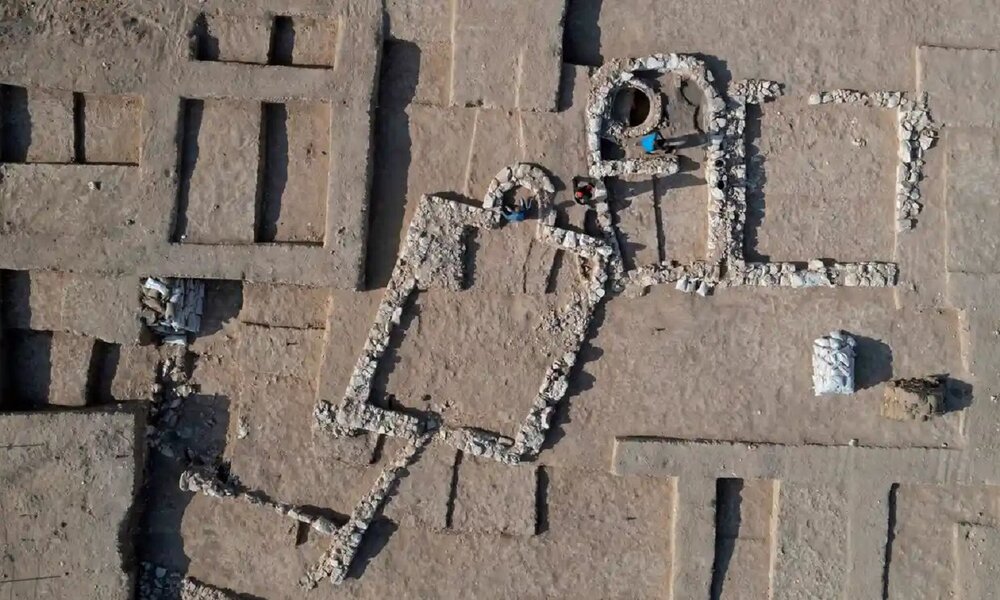
“These unique architectural features show that the building was used as a mosque,” the authority said, noting it probably hosted a few dozen worshippers at a time.
A short distance from the mosque, a “luxurious estate building” was also discovered, with remains of tableware and glass artefacts pointing to the wealth of its residents, the IAA said.
Three years ago, the authority unearthed another mosque nearby from the same era of the seventh to eighth century AD, calling the two Islamic places of worship “among the earliest known worldwide”.
The mosques, estate and other homes found nearby illuminated “the historical process that took place in the northern Negev with the introduction of a new religion – the religion of Islam, and a new rulership and culture in the region”, the IAA said.
“These were gradually established, inheriting the earlier Byzantine government and Christian religion that held sway over the land for hundreds of years.”
The Muslim conquest of the region occurred in the first half of the seventh century.
The IAA said the mosques found in Rahat would be preserved in their current locations, whether as historic monuments or as active places of prayer.

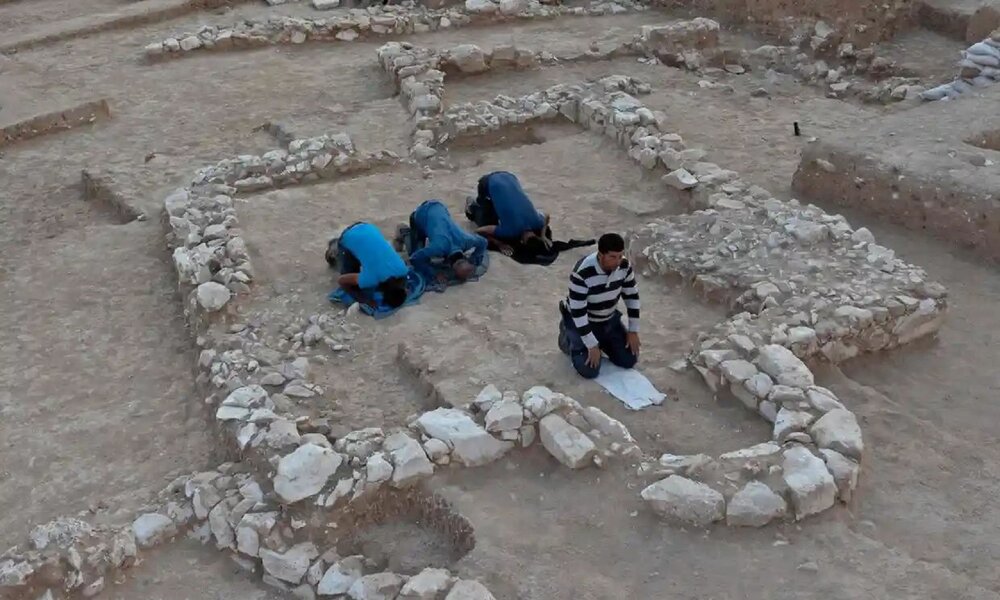
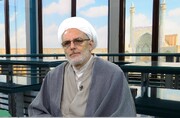

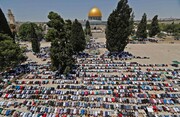

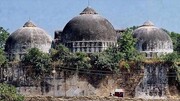
Your Comment